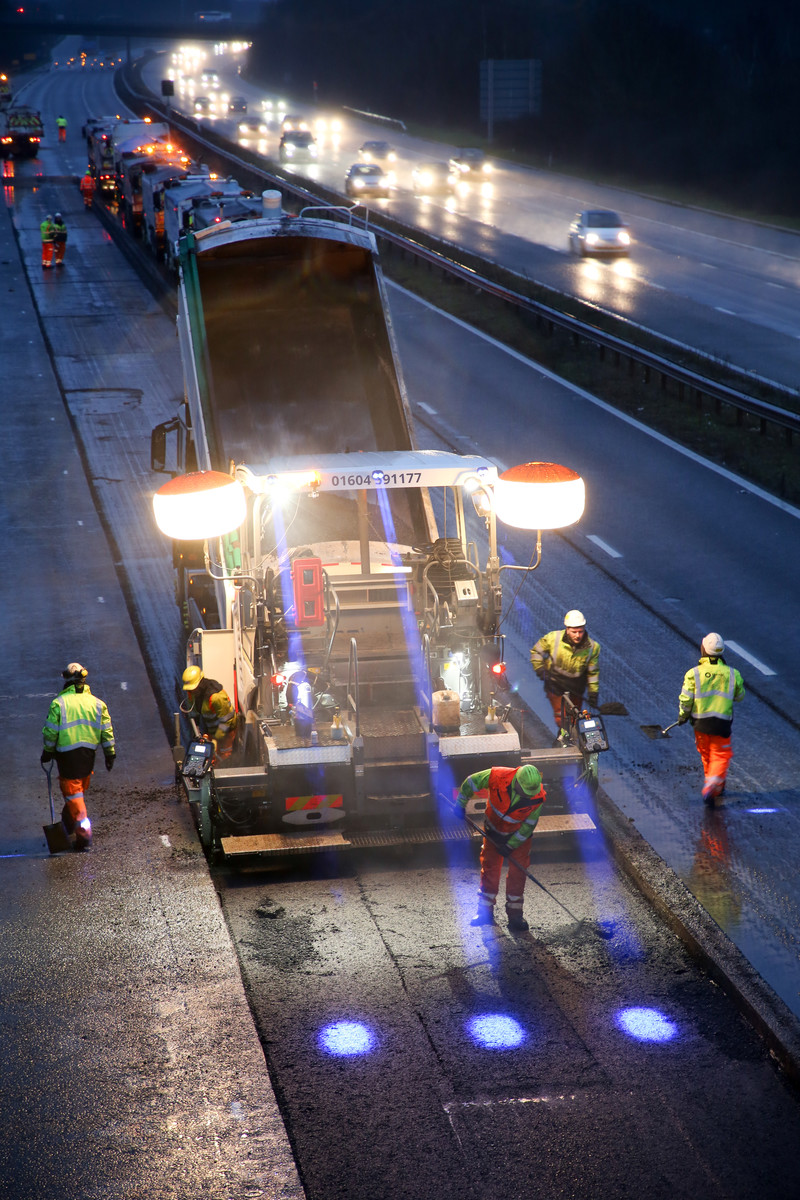We are celebrating Global Recycling Day by looking at one aspect of how we work with customers to reduce our impact on precious primary resources.
Tarmac is a net user of waste, which means we use more of other people’s waste than the waste we produce ourselves. Designing out waste at every stage of the product life cycle and developing products with greater durability, performance and longevity helps to support a circular economy, reduces the demand for natural resources and ensures we supply essential materials to our customers on a sustainable basis.
As part of our 2030 sustainability strategy, Act, and transition to a circular economy, our goal is to recycle and use over 70 million tonnes of waste from other industries in our processes and products by 2030. During 2020 alone, we recycled over 800,000 tonnes of asphalt planings in our asphalt products, that’s 11 percent of our total asphalt production!
While we have been recycling asphalt for more than 30 years, this has increased significantly in the past few years thanks to improvements in technology.
Roads are typically surfaced with asphalt, which is a mixture of crushed rock (known as aggregate) and bitumen. Bitumen is made from crude oil and is produced alongside fuels such as petrol and diesel during the refining process. When combined with aggregate to make asphalt, it provides a durable, waterproof, and flexible material that is ideal for road construction and resisting the effects of traffic.
Bitumen is one of the oldest engineering materials known to man. The ancient Egyptians used it as a waterproof coating and preservative when wrapping mummies. Other ancient civilizations used it for building everything from irrigation systems to roads.
Before road planing technology was invented, a worn-out road surface was often overlayed with new asphalt, which was acceptable until the road became too high for kerbs and drains. When the surface was eventually removed, the material was either sent to landfill or recycled for use on surfaces with minimal traffic use, such as farm tracks, footpaths, fishing lakes and caravan parks.
These days, when the top layers of a road or airport runway, for example, have reached the end of their life and need replacing, the first step is to remove them in a process called road planing, or milling.
The surface of the road is scraped away to the required depth using a planing machine, which has a rotating drum mounted with steel picks. The planings are taken to a laboratory where they undergo extensive testing and material of the right quality is processed into reclaimed asphalt.
Using reclaimed asphalt to make new asphalt surfacing lowers the amount of primary aggregate and bitumen needed and reduces the carbon footprint of the new road surface.
Tarmac’s senior technical manager, Tim Smith, said: “Tarmac is committed to delivering a sustainable, net zero future. Every year in the UK, we reuse thousands of tonnes of road planings, which would otherwise end up in landfill.”
Jamie Town, general manager of Tarmac’s national road planing business, said: “We are reducing the carbon footprint of our products by extracting less aggregates and bitumen out of the ground.
“We have been at the forefront of this technology since 2006, and we have been ‘quarrying the roads’ because we see the value of recycling material produced in the planing process.”
The amount of carbon savings realised depends on what the planings are used for, the geographical location and the proportion of planings in the mix. Savings are generally higher the further away the road is from a Tarmac quarry.
The British Standards Institute, which produces technical standards and certification for products, is set to double the amount of reclaimed asphalt permitted in road surface mixes from 10 percent to 20 percent.
Watch this video to learn more about how road planing is done:
https://tarmac.wistia.com/medias/enodpthj5v
Find out more about Tarmac’s commitment to the environment by reading our latest sustainability report: https://sustainability-report.tarmac.com/planet/resource-efficiency/


